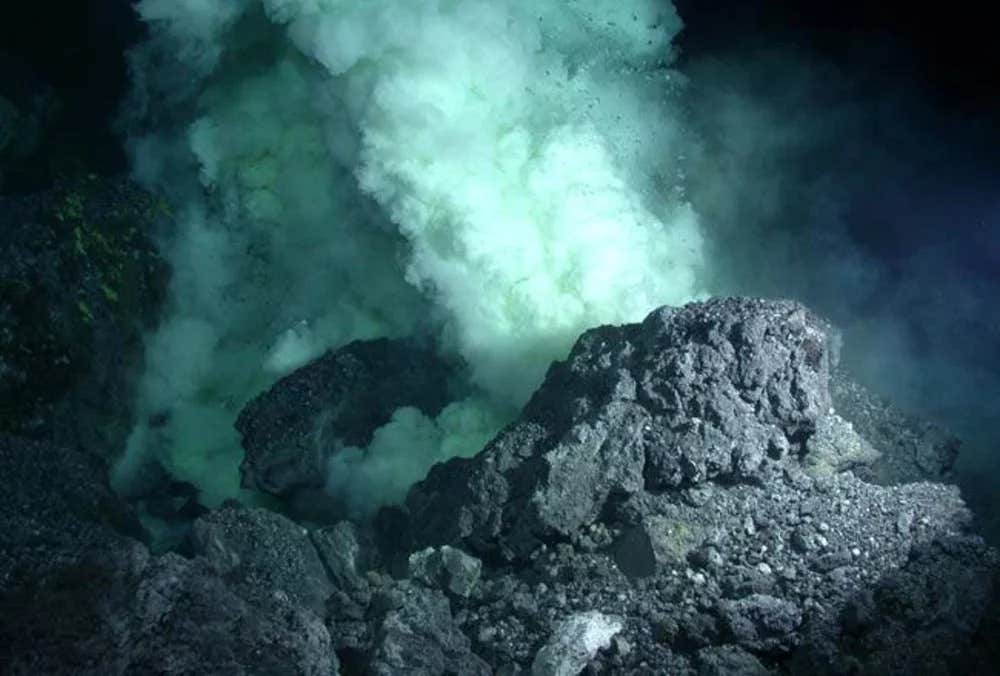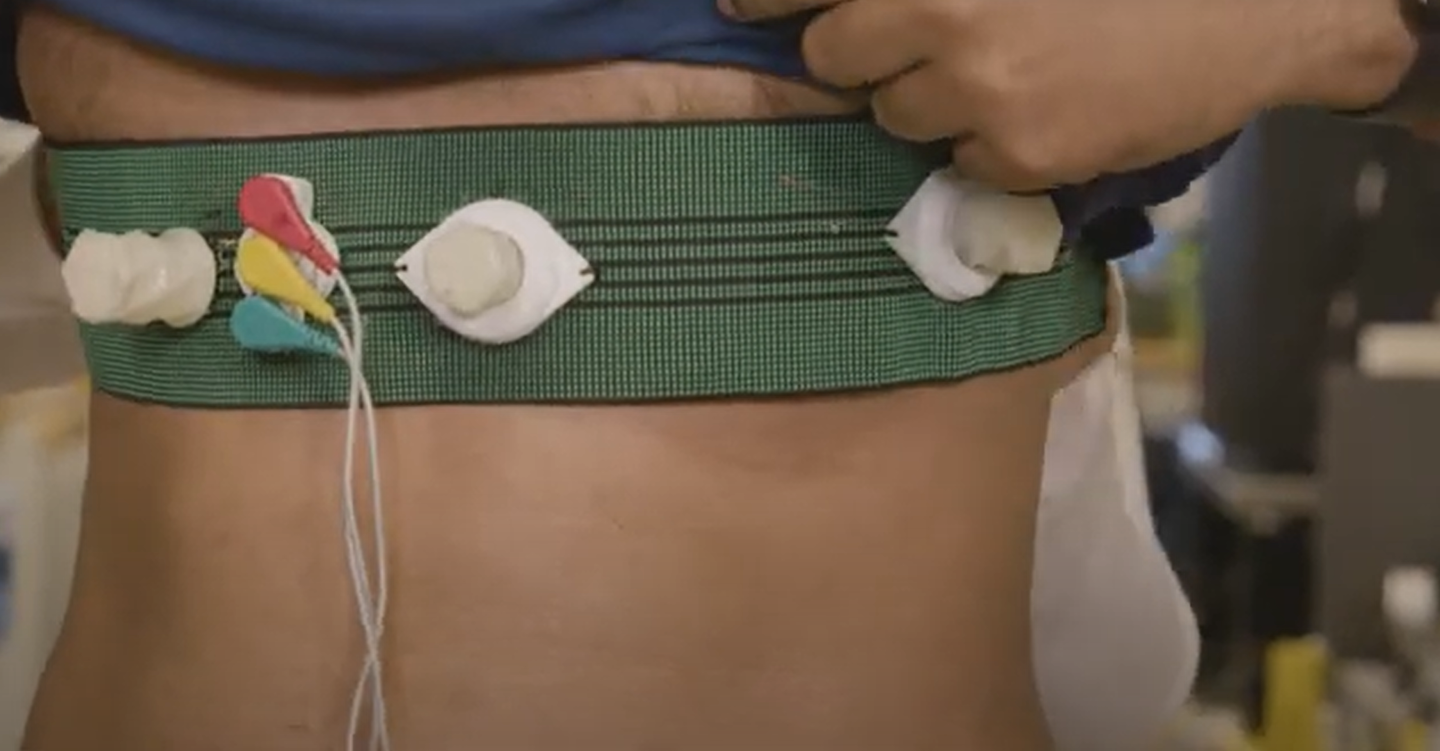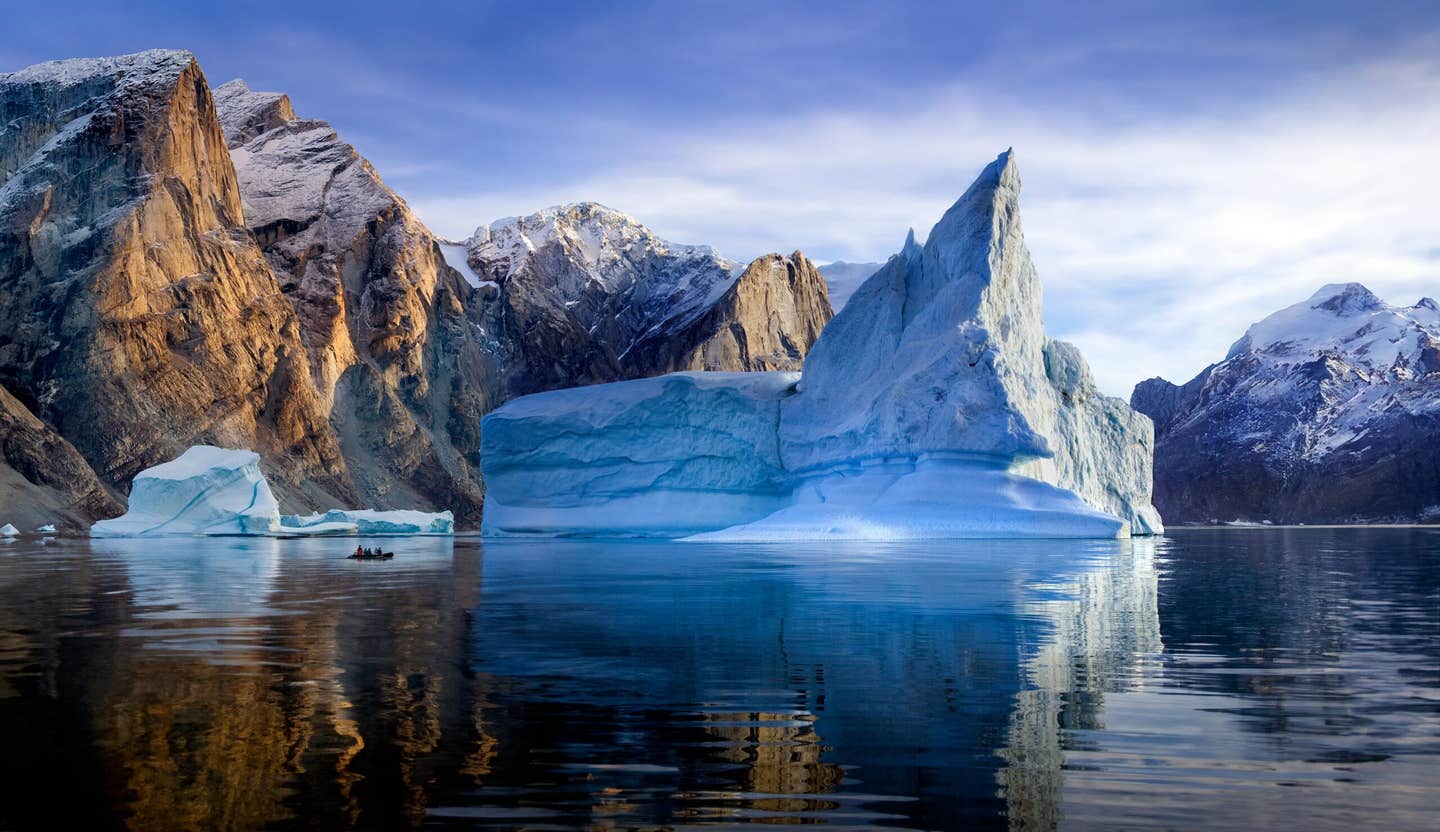Geologists solve one of Earth’s oldest volcanic “super-eruption” mysteries
A fiery mystery has puzzled geologists for decades: where did the lava fueling one of Earth’s largest volcanic events come from?

At about 120 million years old and larger than Alaska, this seafloor plateau is the most voluminous volcanic structure on Earth. (CREDIT: CC BY-SA 4.0)
A fiery mystery has puzzled geologists for decades: where did the lava fueling one of Earth’s largest volcanic events come from? A new study may finally have the answer. Scientists have long believed that underwater volcanic hotspots—where hot, chemically distinct rock rises from deep inside the planet—form massive volcanic features like island chains and plateaus. As tectonic plates shift over these plumes, the molten material forms a trail of volcanoes that grow older the farther they are from the source.
But one feature, the massive Ontong Java Plateau in the mid-Pacific Ocean, stood out as a mystery. At about 120 million years old and larger than Alaska, this seafloor plateau is the most voluminous volcanic structure on Earth. Yet it lacked the usual trail of volcanic “footprints” that link such features to their origins. That missing trail raised questions about how it formed and where the molten rock came from.
Now, researchers from the University of Maryland and the University of Hawaiʻi have pieced together the missing parts.
By studying the geochemistry and age of ancient underwater volcanoes, they found strong evidence connecting the plateau to the Louisville hotspot—an active volcanic region deep beneath the southern Pacific Ocean. Their findings, published April 30, 2025, in the journal Nature, update key geological models and solve a long-standing mystery.
Rethinking the Pacific’s Ancient Seafloor
Current models of how tectonic plates move across Earth’s surface often rely on known volcanic tracks such as the Hawai‘i–Emperor and Louisville seamount chains. These chains show a clear age progression and give clues about how plates have shifted over millions of years. But those models mostly work for the past 80 million years.
Before that time, much of the evidence is either missing or buried. Older tracks were subducted—dragged beneath other plates—leaving behind only scattered volcanic remains like the Shatsky Rise, Hess Rise, and Line Islands. Many of these features are influenced by nearby ridges or seafloor spreading, which complicates their use in tracking pure plate motion. That’s why they were poor tools for building accurate models of the Pacific’s early history.
Researchers had previously tried to link the Ontong Java Plateau with the Louisville hotspot. But those efforts hit a wall. The distance between the plateau and the known hotspot track seemed too large—around 1,200 kilometers—unless the hotspot itself had moved dramatically. Yet paleolatitude data from about 70 million years ago to the present show that the Louisville plume has remained mostly stable.
Related Stories
The team, led by Val Finlayson from the University of Maryland, took a different approach. They examined older, lesser-known volcanic tracks from hotspots near Samoa and the Rurutu–Arago region. These hotspots have long volcanic histories stretching over 100 million years. Their age and unique geochemical signatures allowed scientists to trace them through the Pacific's crowded undersea landscape, offering a rare look back into the Cretaceous period.
Footprints Across the Ocean Floor
By sampling deeply submerged seamounts near Wake Island—where the seafloor holds some of the Pacific’s oldest volcanic secrets—Finlayson’s team found key clues. The rocks had the same geochemical fingerprint as those found in younger volcanoes created by the Rurutu–Arago hotspot. This connection allowed researchers to track the hotspot’s path even farther back in time.
“These volcanoes are like footprints left behind by a moving plume,” Finlayson said. “As the tectonic plate moves over the hotspot, each new volcano is a snapshot in time. The farther away you go, the older the volcano, just like footprints in sand.”
By combining this data with the long-lived Samoan hotspot track, the team reconstructed a more complete model of how the Pacific Plate rotated between 80 and 100 million years ago. This model filled in the gaps and removed the need to assume the Louisville plume traveled far to explain the Ontong Java Plateau’s formation. It turns out, the plume didn’t move much—but the plate did.
Finlayson’s discovery means the same deep hotspot that formed the Louisville seamount chain also played a role in the birth of the Ontong Java Plateau. This newly confirmed link provides a continuous volcanic history for a massive stretch of the Pacific Ocean, going back over 100 million years.
Connecting Islands and Histories
This connection also has deeper meaning beyond scientific curiosity. Many island nations in the Pacific—such as those in Polynesia—rest on volcanic foundations shaped by these ancient processes. The islands themselves owe their existence to underwater hotspots that built mountains from the seafloor upward.
“Up until now, we’ve had this extremely disconnected picture of the Pacific and its volcanoes,” Finlayson explained. “But for the first time, we’re able to make a clear connection between the younger southern and older western Pacific volcanic systems.”
The work reveals how volcanic chains like the Cook–Austral Islands, Tuvalu, the Marshall Islands, and Wake seamounts are linked not only to each other but to much larger volcanic events in Earth’s history. With more accurate plate motion models, scientists can now better understand how the Earth’s crust has shifted—and where these deep plumes of magma have surfaced over time.
The improved models also highlight differences between hotspots. For example, between 60 and 50 million years ago, the distance between the Hawai‘i–Emperor, Louisville, and Rurutu–Arago hotspots changed. This shows that the Hawaiian plume likely moved more independently compared to the other two. Such differences help refine how geologists interpret hotspot motion versus plate motion, a key part of modeling Earth's internal activity.
A Step Toward Deeper Understanding
Finlayson and her team believe this discovery is just the beginning. They plan to use their updated models to explore other ancient volcanic features, many of which lie hidden under miles of ocean water. Understanding these features can improve our knowledge of Earth’s volcanic history, tectonic activity, and even hazards like earthquakes and eruptions.
“We’ve solved one mystery, but there are countless more waiting to be unraveled,” Finlayson said. “This finding offers us a more accurate history of the Pacific and its volcanic activity and helps us understand more about the dynamics and style of volcanism that occurs there.”
For geologists, each discovery builds a clearer picture of Earth’s changing face. And with tools like isotope geochemistry, ocean-floor mapping, and advanced modeling, new answers are finally rising to the surface.
Note: The article above provided above by The Brighter Side of News.
Like these kind of feel good stories? Get The Brighter Side of News' newsletter.



